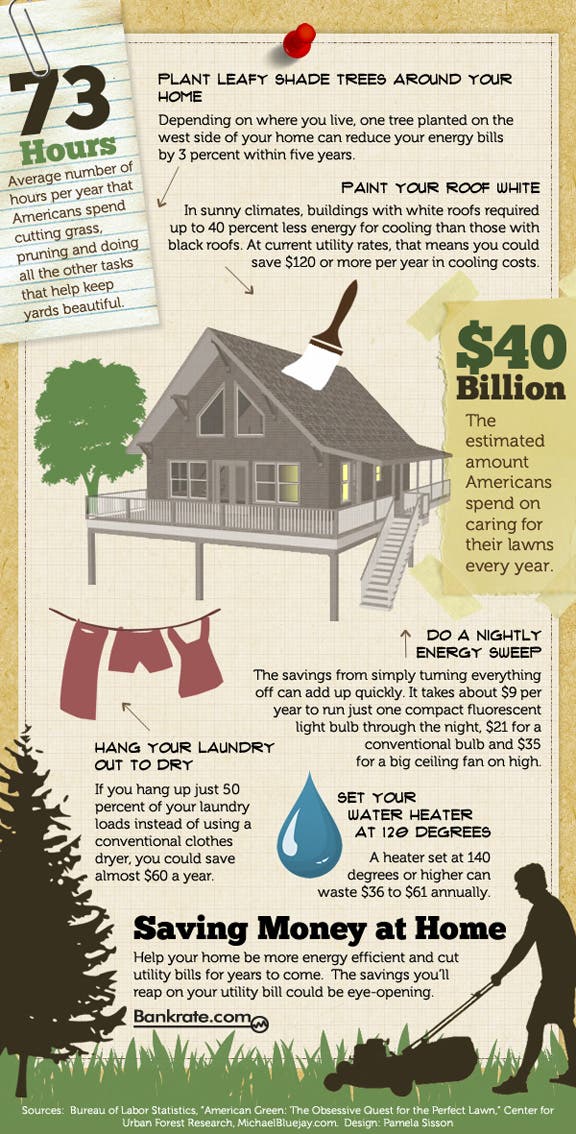Post-Tree Elimination Therapy: Effective Approaches For Landscape Restoration
Post-Tree Elimination Therapy: Effective Approaches For Landscape Restoration
Blog Article
Web Content Written By-Langley Leblanc
After a tree's removal, your landscape may look rather various, and it's vital to evaluate the aftermath meticulously. You'll want to evaluate the soil disturbance and check bordering plants for any kind of indications of stress. Ignoring these aspects can lead to larger troubles down the line. So, what should you perform with those stumps and roots? And how do you pick the very best plants for your revitalized area? Let's discover these vital steps.
Evaluating the Consequences: Evaluating Your Landscape
After a tree removal, it's critical to analyze your landscape to understand the influence it carries your backyard.
Start by taking a look at the area where the tree stood. Seek indicators of soil disruption, and inspect the bordering plants for any kind of tension or damages.
You should additionally make note of just how the elimination has changed sunlight direct exposure and air movement in your yard. https://docs.google.com/document/d/1zA5V52HewAhZRfBoEaFuIXg4Vaf2oNCOfC6O4LJWa44/edit?usp=sharing can influence the growth of neighboring plants, so it's essential to review their health.
Consider the visual aspects also; the elimination could produce an open space that you can revamp.
Lastly, consider any kind of prospective erosion concerns that could occur from the tree's lack. Attending to these elements early will aid restore equilibrium to your landscape.
Dealing With Stumps and Roots: Alternatives for Elimination
As soon as you have actually analyzed the aftermath of the tree elimination, you'll likely need to take on the stump and roots left behind.
You have a few alternatives for elimination. One efficient technique is stump grinding, where a specialist utilizes an equipment to grind the stump to underground degree. This strategy leaves minimal disruption to your landscape.
If you choose a DIY technique, you can use a combination of excavating and chemical stump eliminators. Simply bear in mind, this process can take time and effort.
Alternatively, take into consideration leaving the stump as a natural attribute, which can work as an unique garden aspect or environment for wild animals.
Whatever you pick, dealing with the stump and origins is important for recovering your landscape.
Picking the Right Plant Kingdoms for Your New Room
As you assess your newly gotten rid of room, selecting the right plants can significantly enhance your landscape's beauty and performance.
Start by taking into consideration the sunlight and dirt problems. For warm areas, opt for drought-resistant plants like lavender or succulents. In shaded spots, ferns and hostas thrive well.
Think of When Is The Best Time To Prune Apple Trees and growth practices of your plants; mix perennials and annuals for seasonal selection. Don't neglect to incorporate indigenous varieties; they need much less maintenance and assistance neighborhood wildlife.
Group plants in weird numbers for a more all-natural look and create layers for aesthetic depth.
Ultimately, guarantee you have a mix of shades and appearances to maintain your landscape vibrant throughout the periods.
Happy planting!
Verdict
In conclusion, restoring your landscape after tree removal is a gratifying process. By examining the aftermath, attending to stumps and origins, and selecting the right plants, you'll create a successful setting. Don't neglect to incorporate erosion control measures to shield your dirt. With a little effort and treatment, you can transform your space right into a dynamic garden that boosts your home. Embrace the chance to rejuvenate your landscape and take pleasure in the elegance of nature right in your yard!
